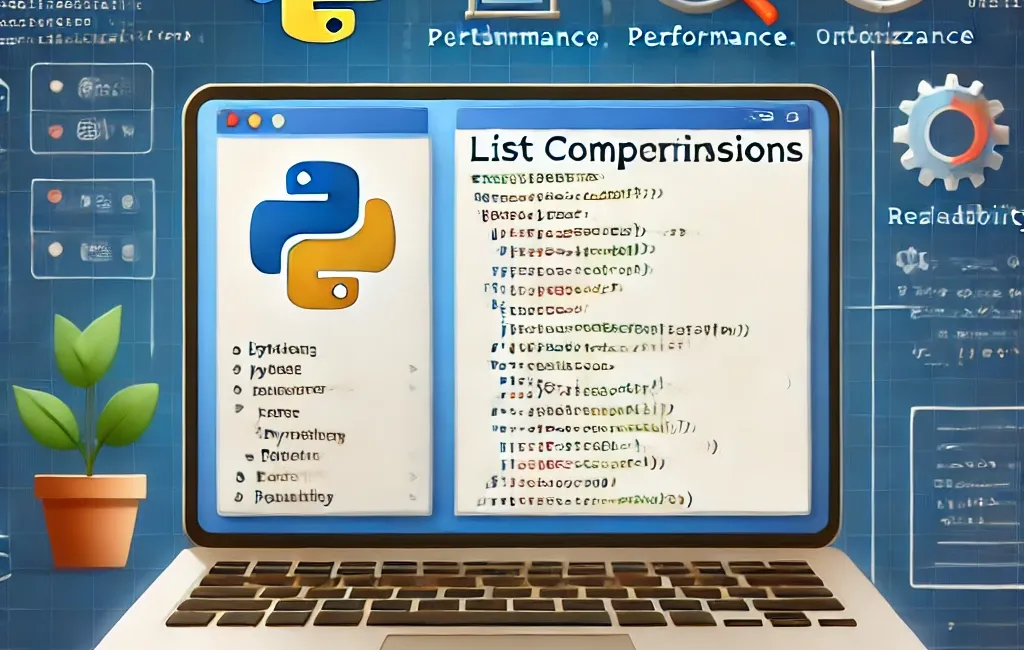List comprehensions are a powerful and efficient method for creating lists in Python.
They offer a concise and readable way to generate lists based on existing iterables.
In article, I will explore the nuances of list comprehensions, their benefits over traditional loops, and various practical applications.
What are List Comprehensions?
List comprehensions are a syntactically compact way to create lists by combining looping and conditional logic into a single line of code.
This results in a more readable and expressive way to generate lists, making it easier to understand the intent of the code at a glance.
Get "Python's Magic Methods - Beyond __init__ and __str__"
Magic methods are not just syntactic sugar, they're powerful tools that can significantly improve the functionality and performance of your code. With this book, you'll learn how to use these tools correctly and unlock the full potential of Python.
Structure and Examples
The basic structure of a list comprehension is as follows:
[expression for item in iterable if condition]
Let's break down the components of this structure:
- expression: This is the value that will be added to the new list for each iteration.
- for item in iterable: This is the looping construct that iterates over each item in the iterable (e.g., list, tuple, set, dictionary, or generator).
- if condition: This is an optional conditional statement that filters the items to be included in the new list.
Examples:
Basic List Comprehension:
numbers = [1, 2, 3, 4, 5]
squares = [x**2 for x in numbers]
print(squares)
# Output: [1, 4, 9, 16, 25]
This example uses list comprehension to create a new list of squares from an existing list of numbers.
List Comprehension with a Condition:
numbers = [1, 2, 3, 4, 5]
even_squares = [x**2 for x in numbers if x % 2 == 0]
print(even_squares)
# Output: [4, 16]
This example filters the numbers to include only even numbers, which are then squared, demonstrating the use of an if condition in a list comprehension.
Benefits of List Comprehensions Over Traditional Loops
List comprehensions offer several advantages over traditional loops:
- Brevity: List comprehensions are more concise and easier to read than traditional loops, making your code more maintainable and easier to understand.
- Performance: List comprehensions are often faster than traditional loops because they are optimized for creating lists.
- Readability: The intent of a list comprehension is clearer than that of a traditional loop, making it easier for others to understand your code.
Practical Applications
List comprehensions can be used in various ways to manipulate and process data.
Here are some common use cases:
Filtering Lists:
words = ["apple", "banana", "cherry", "date"]
short_words = [word for word in words if len(word) <= 5]
print(short_words)
# Output: ['apple', 'date']
This example filters a list of words to include only those with 5 or fewer characters.
This article is for paid members only
To continue reading this article, upgrade your account to get full access.
Subscribe NowAlready have an account? Sign In

